When we think of spiders, we often picture creepy crawlers spinning webs in the corner. But did you know that some spiders are truly superlative? These arachnids are not just your average eight-legged critters; they stand out for their amazing skills, size, speed, and even their sense of fashion! Let's dive into the world of the superlative spiders, each holding a unique title in the spider kingdom.
Goliath Birdeater:Largest Spider Species
Golden Silk Orb-Weaver:Strongest Web Builders
Brazilian Wandering Spider:Fastest Spiders
Sydney Funnel-Web Spider:Most Venomous Spiders
Jumping Spider:Spiders with the Best Legs&Most Athletic Spiders
Black Widow Spider:Most Dangerous Spiders
Tarantulas:Longest Lifespan Spiders&Best Hair&Best Dental Work
Portia Spider:Smartest Spiders
Peacock Spider:Best-Dressed Spiders
Orb-Weaver Spider:Most Likely to Succeed Spiders
Lynx Spider:Best Camouflage
Trapdoor SpiderMost Industrious Spiders
Conclusion
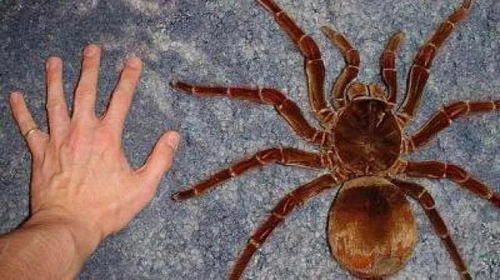
When it comes to size, the Goliath Birdeater takes the crown. This massive tarantula can have a leg span of up to 12 inches, making it the largest spider in the world. Found in the rainforests of South America, the Goliath Birdeater's sheer size is intimidating, but don't worry—it mostly feeds on insects, small rodents, and the occasional frog, not birds!
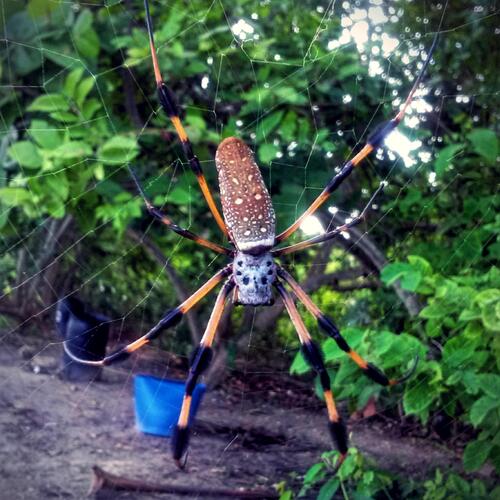
If you’re talking about web strength, then the Golden Silk Orb-Weaver is the champion. These spiders produce silk so strong it can even catch small birds. The webs they spin are incredibly intricate and can measure over 3 feet across. This spider’s web is not just strong but also golden, shining in the sunlight—making it one of the most beautiful and functional webs in nature.
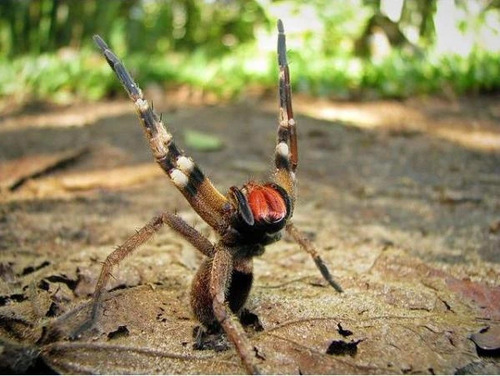
The fastest spider title belongs to the Brazilian Wandering Spider. Also known as the armed spider, it can run up to 1 meter per second! This spider doesn’t spin webs. Instead, it wanders the forest floor looking for prey, which requires it to be quick on its feet. Its speed helps it escape predators and capture prey effectively.
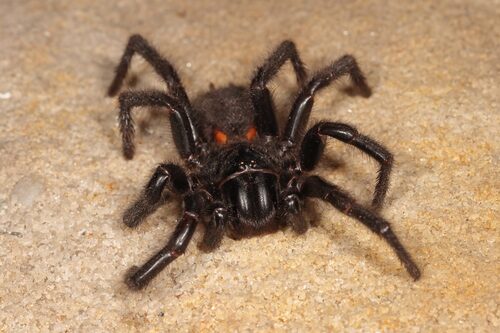
For venomous spiders, the Brazilian Wandering Spider is also a contender. Its venom contains a neurotoxin that can cause paralysis in its victims. However, the Sydney Funnel-Web Spider is often considered the most dangerous due to the potency of its venom. Found in Australia, this spider's venom can kill a human within hours if untreated. Thankfully, antivenoms have made bites less lethal today.
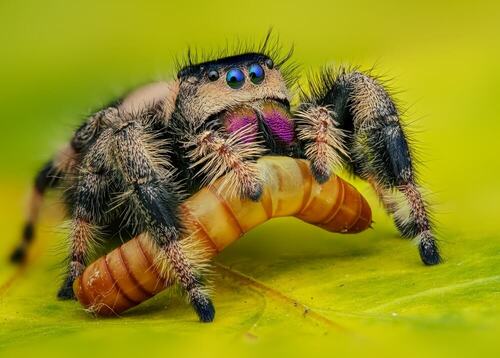
In the world of spiders, best legs might go to the Jumping Spider. With their impressive leg muscles, these spiders can leap several times their body length in a single bound. This agility helps them hunt, dodge predators, and navigate tricky environments. Their legs are also covered with fine hairs, which help them sense their surroundings.
When it comes to athletic ability, the Jumping Spider is a champion. These spiders can leap several times their body length, and their strength and agility make them excellent hunters. Their eyes, which are some of the largest in the spider world, help them calculate jumps with incredible precision, making them both efficient and athletic.
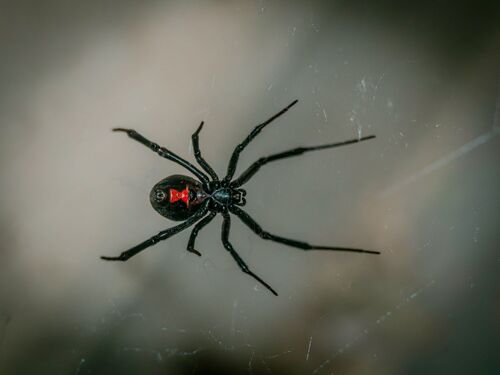
The Brazilian Wandering Spider, mentioned earlier, is one of the most dangerous spiders, thanks to its potent venom. However, the Black Widow Spider is often in the running for the most dangerous as well. The female Black Widow has a venomous bite that can cause severe muscle pain and cramps, and in extreme cases, even death, though fatalities are rare due to prompt medical treatment.
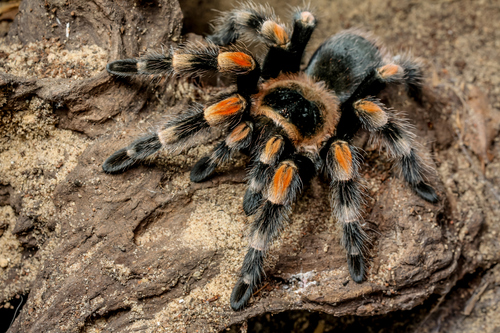
When it comes to lifespan, Tarantulas win. These spiders can live up to 30 years in captivity, with females living longer than males. Most spiders, on the other hand, have a lifespan of only a year or two. The Trapdoor Spider is another long-living arachnid, with some species reaching over 20 years.
If we’re talking about best hair, then Tarantulas are the winners! Their bodies are covered in dense, fine hairs. These hairs aren’t just for decoration—they can be used to defend against predators. When threatened, a tarantula can flick these hairs toward its attacker, which irritates the skin or eyes of its enemies. Some tarantulas, like the Chilean Rose Tarantula, even have beautiful, colorful hairs.
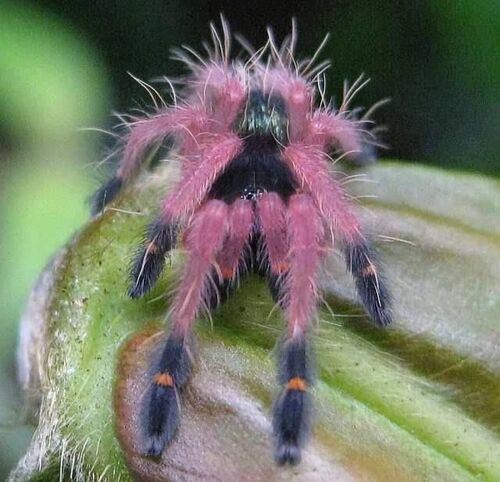
Spiders don’t have teeth in the traditional sense, but their fangs serve a similar purpose. The Tarantula has the most impressive fangs, which can grow up to 1 inch long in some species. These fangs are capable of piercing tough exoskeletons and injecting venom into prey. Their venom then liquefies the insides of their prey, which the spider sucks up.
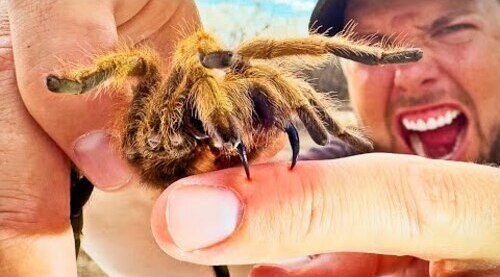
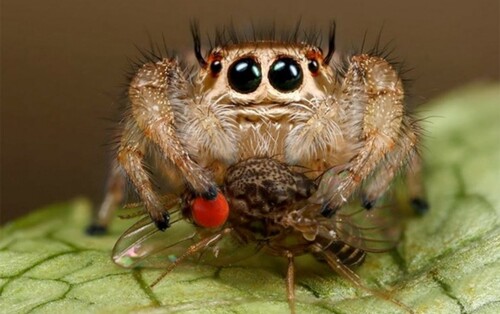
Spiders are often underestimated for their intelligence, but the Portia Spider shows off some impressive smarts. Known for their problem-solving abilities, Portia Spiders can hunt other spiders by learning how to navigate obstacles and setting up traps. They’re so clever that they can even mimic the behavior of other spiders to lure them into their webs.
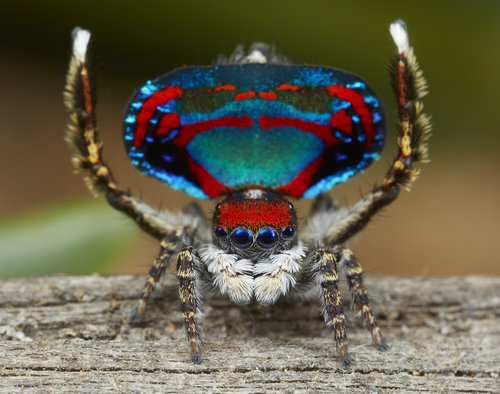
For best-dressed, we have to look at the Peacock Spider. This tiny, colorful spider puts on a show with its vibrant and shimmering abdomen, which it displays to attract mates. During courtship, the male Peacock Spider raises his colorful flaps and dances to impress the female, showcasing some of the most dazzling natural colors you’ll see in the spider world.
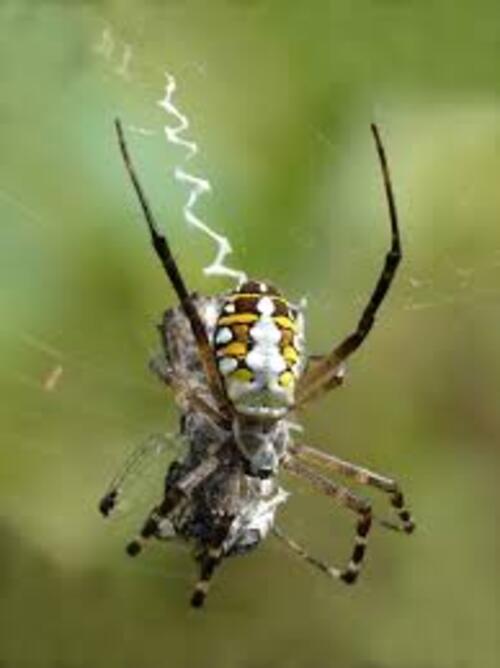
The Orb-Weaver Spider is the type of spider that’s most likely to succeed. These spiders are known for their beautifully symmetrical webs, which they rebuild regularly. Their ability to adapt to different environments and consistently catch prey with their impressive webs gives them a high survival rate. The Garden Spider, a type of orb-weaver, is a prime example of this.
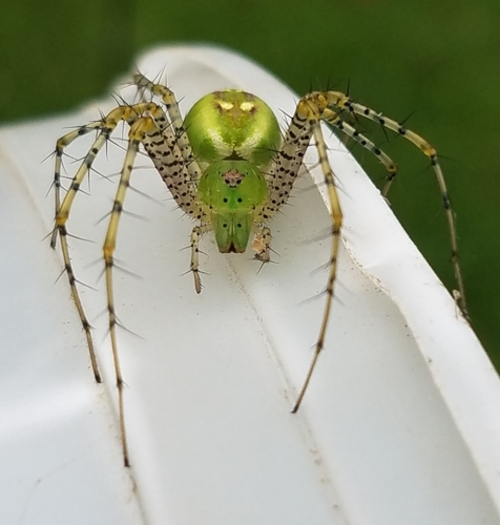
The Lynx Spider takes the crown for the best camouflage. Found in various habitats, this spider’s color and body shape blend in perfectly with the plants and flowers around it. Its green and brown hues help it hide from both predators and prey, making it a stealthy hunter.
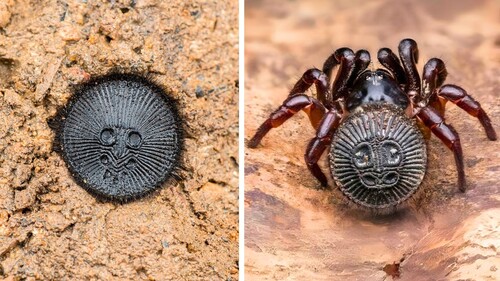
The Trapdoor Spider is one of the most industrious. These spiders are expert builders, constructing burrows with camouflaged doors that blend perfectly into their environment. They patiently wait for prey to wander by, and when it does, they spring out to capture it. Their impressive building skills and patience make them incredibly industrious creatures.
Spiders are often overlooked, but they are some of the most superlative creatures in nature. From the largest spider to the fastest and the most venomous, spiders have evolved some truly remarkable traits. Whether it’s their best legs, athleticism, or ability to camouflage, these arachnids are masters of survival. So the next time you spot a spider, remember that they might just be one of nature’s most extraordinary creations!
animal tags: spiders
We created this article in conjunction with AI technology, then made sure it was fact-checked and edited by a Animals Top editor.